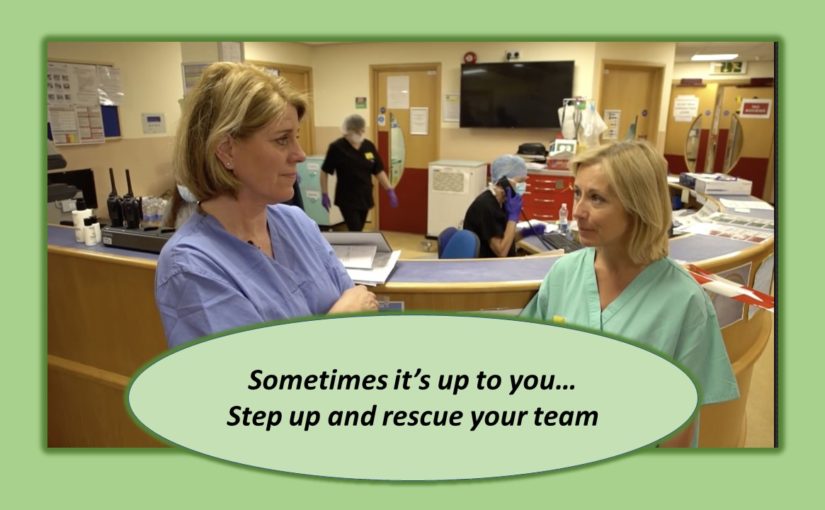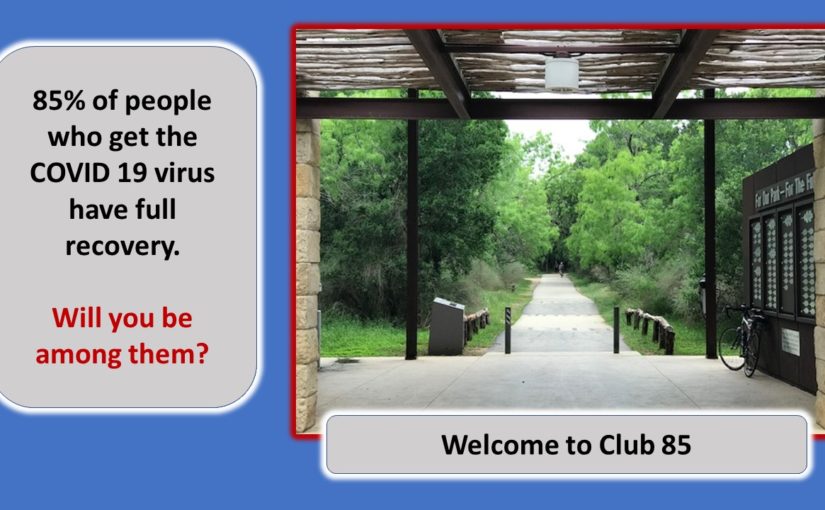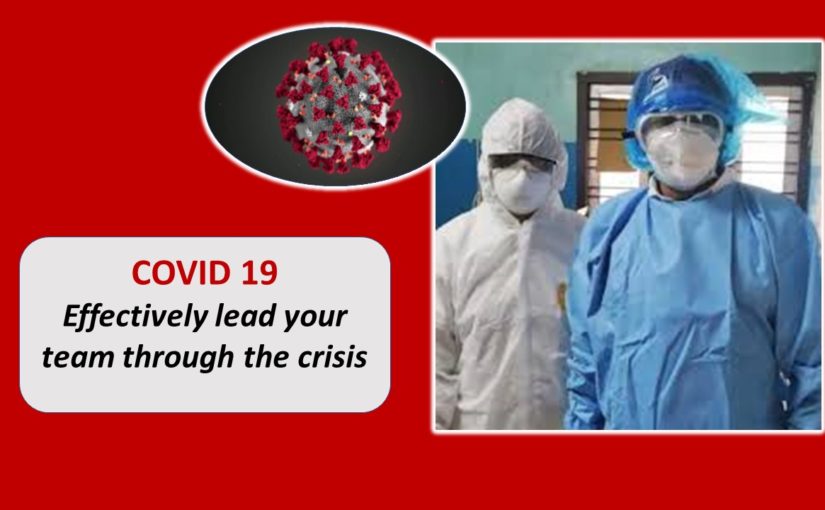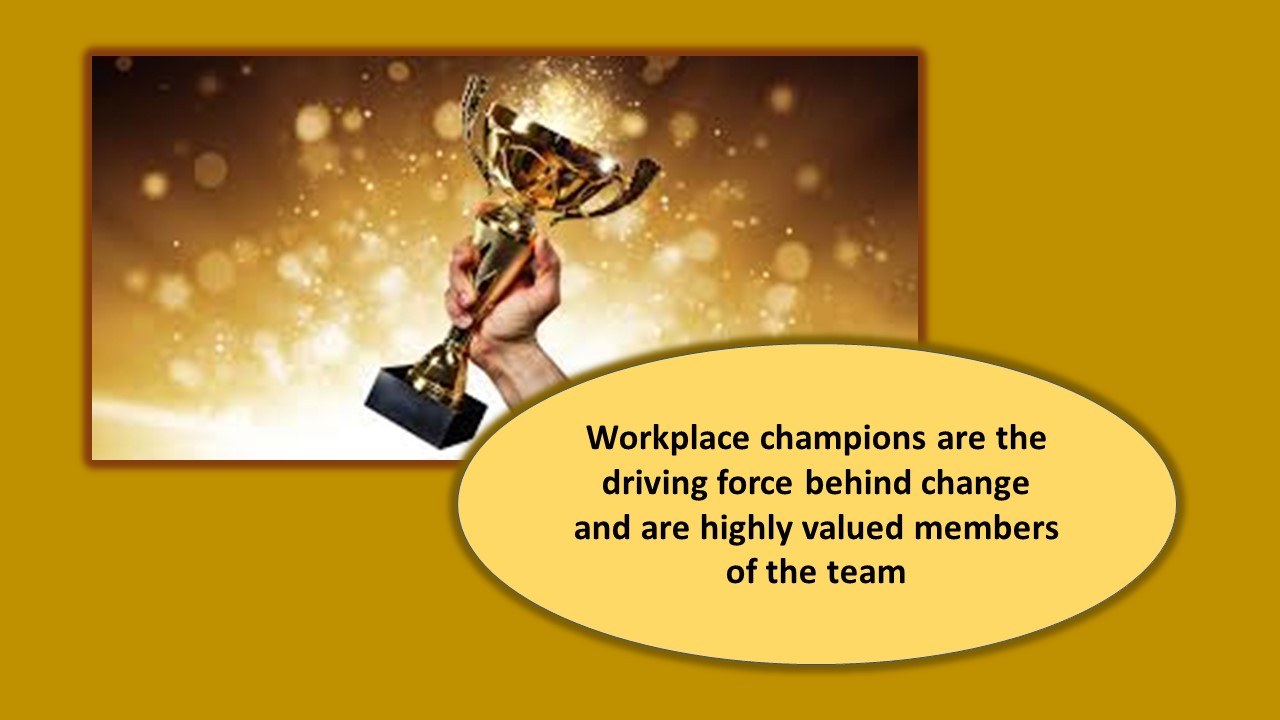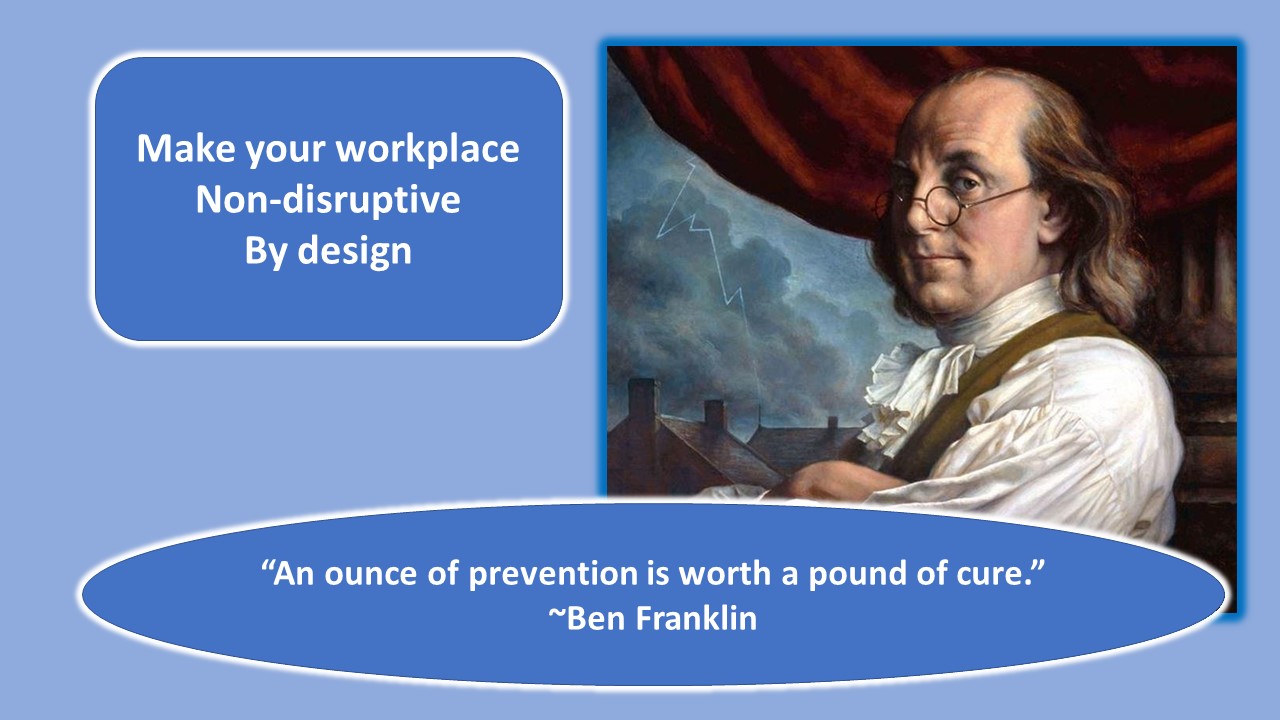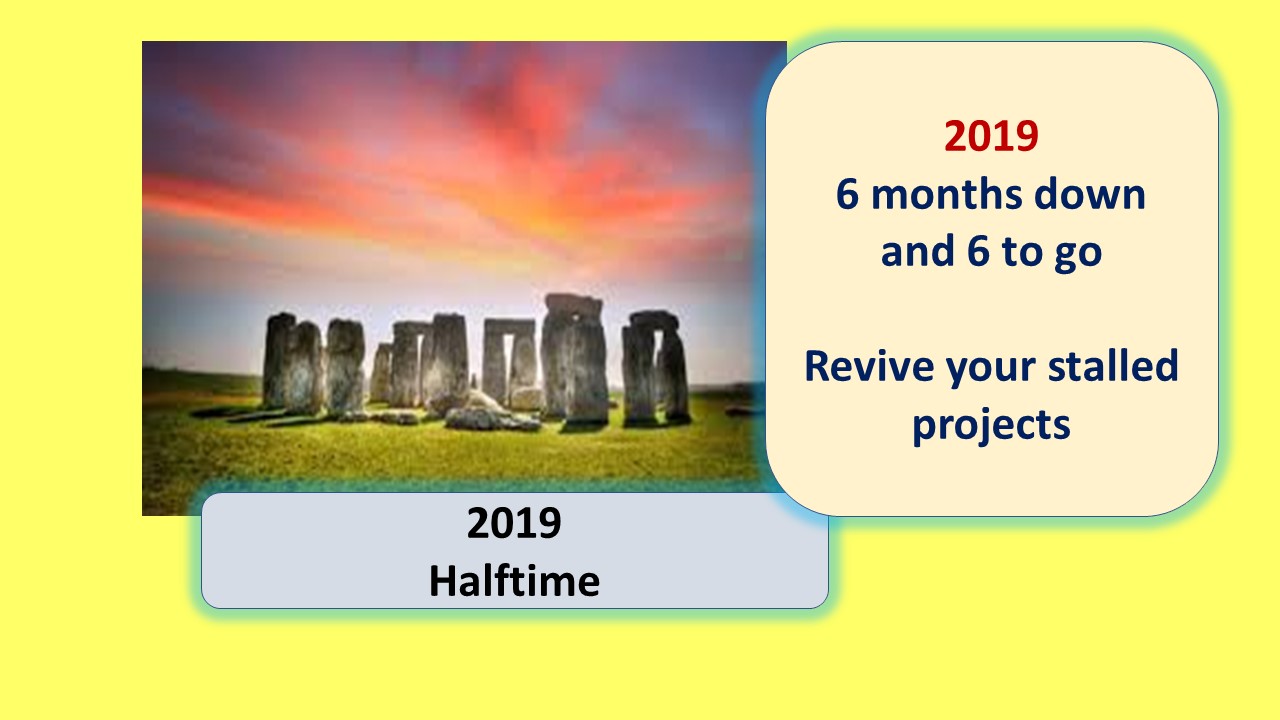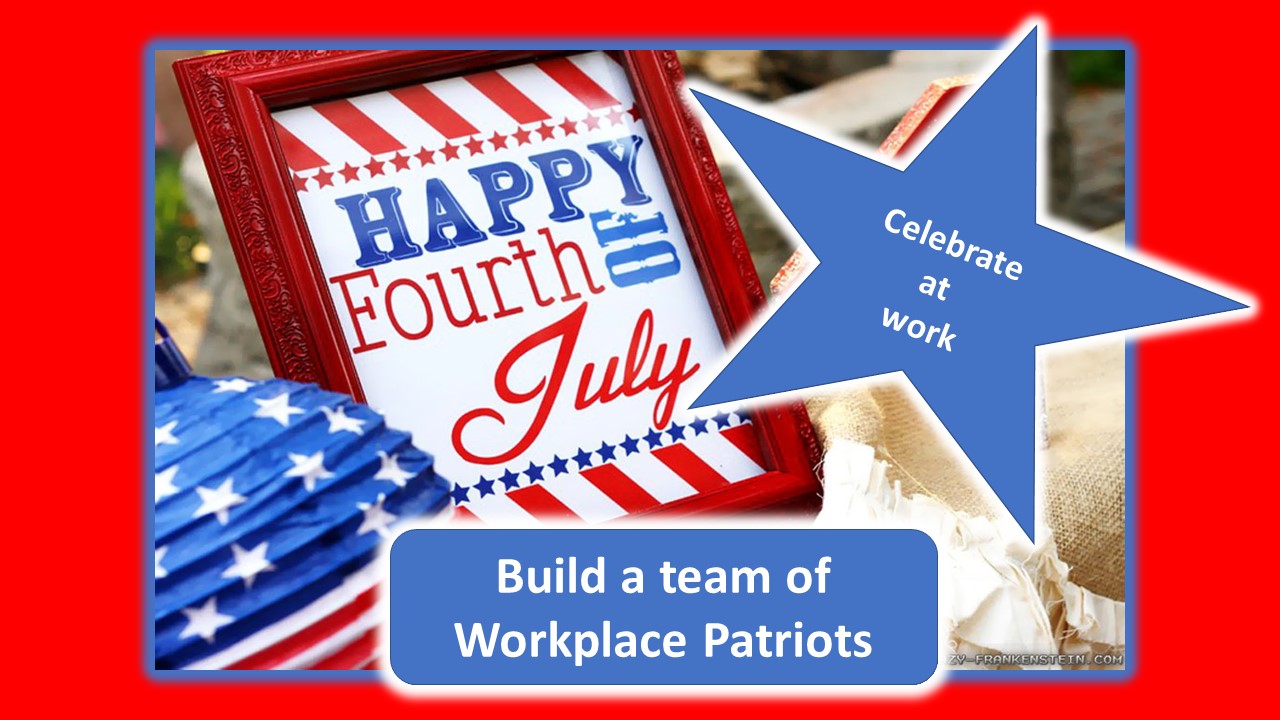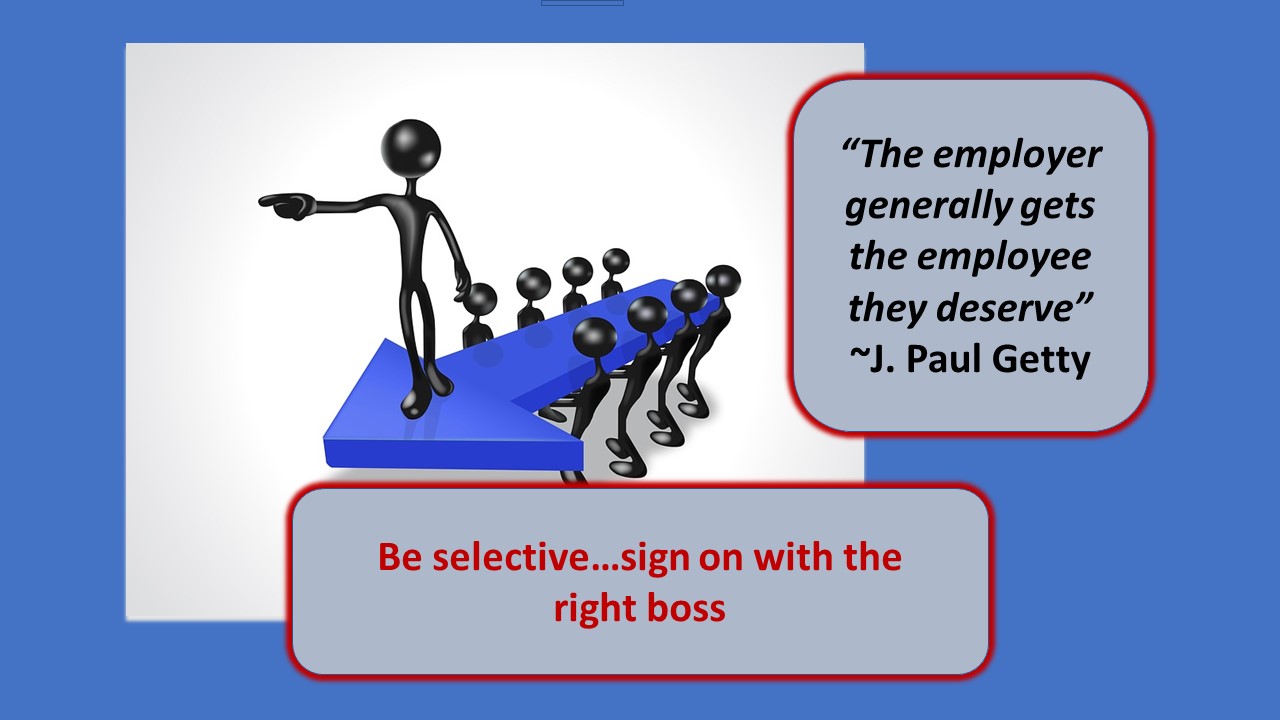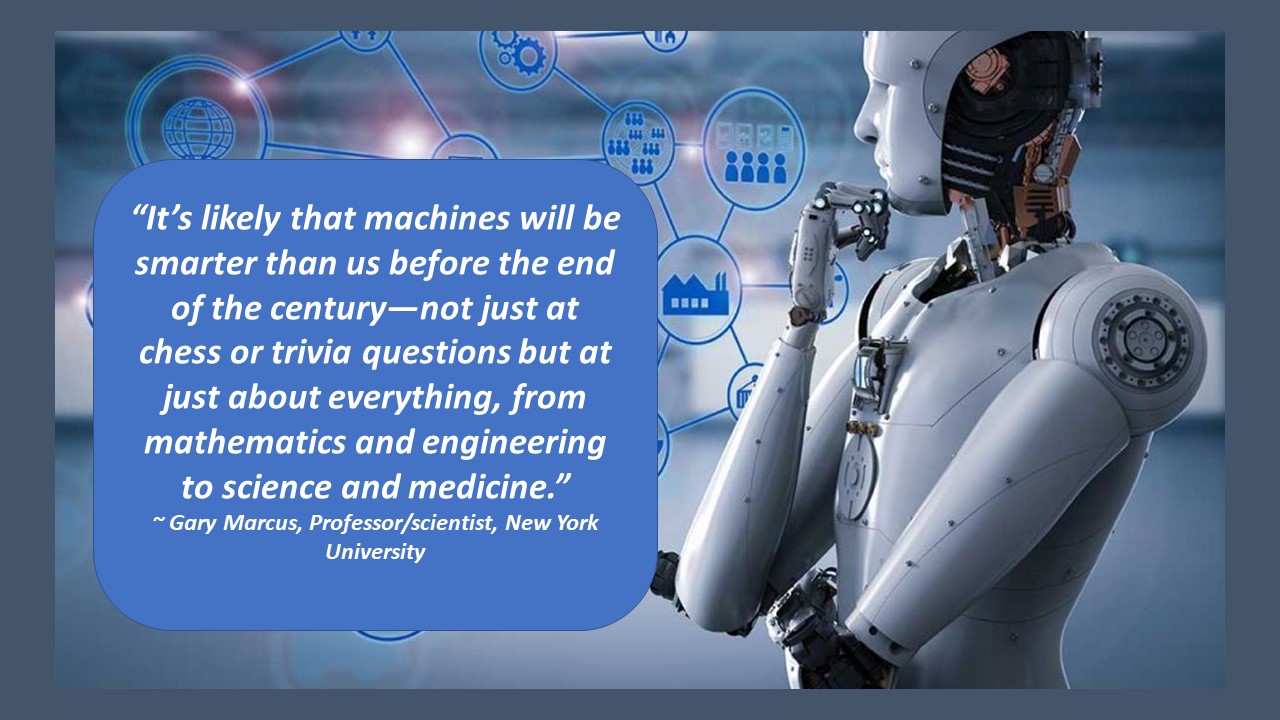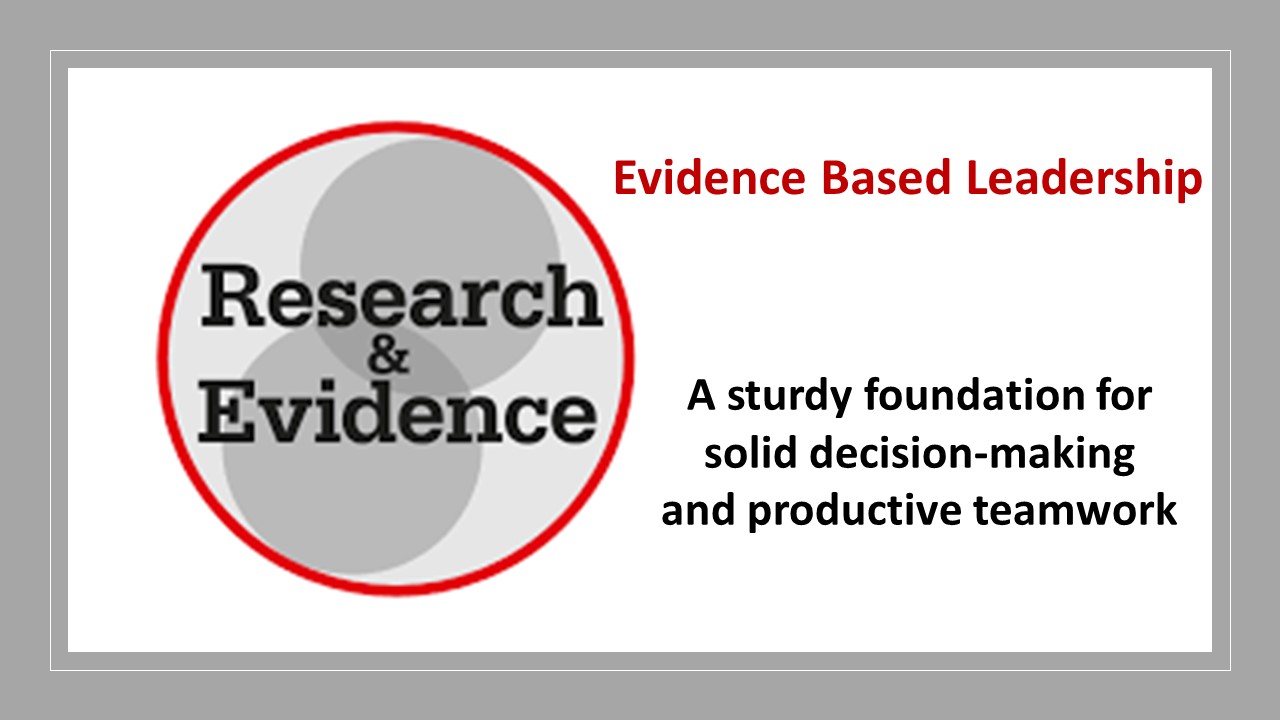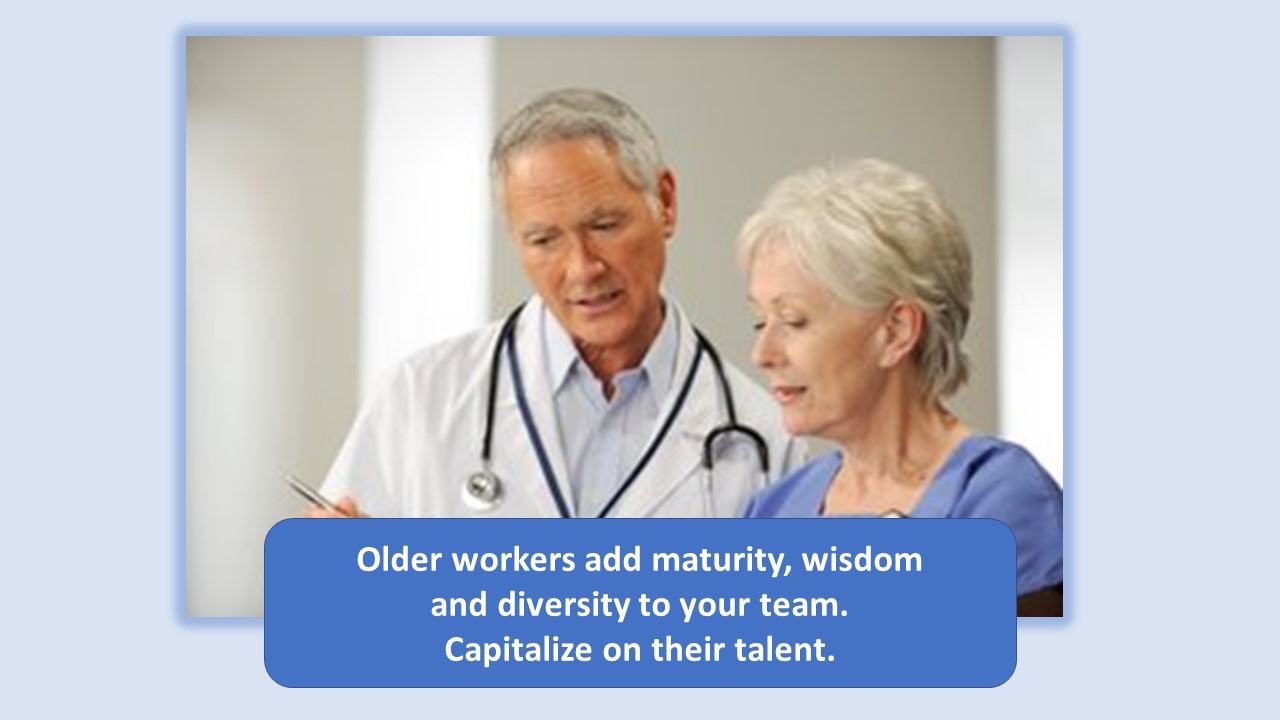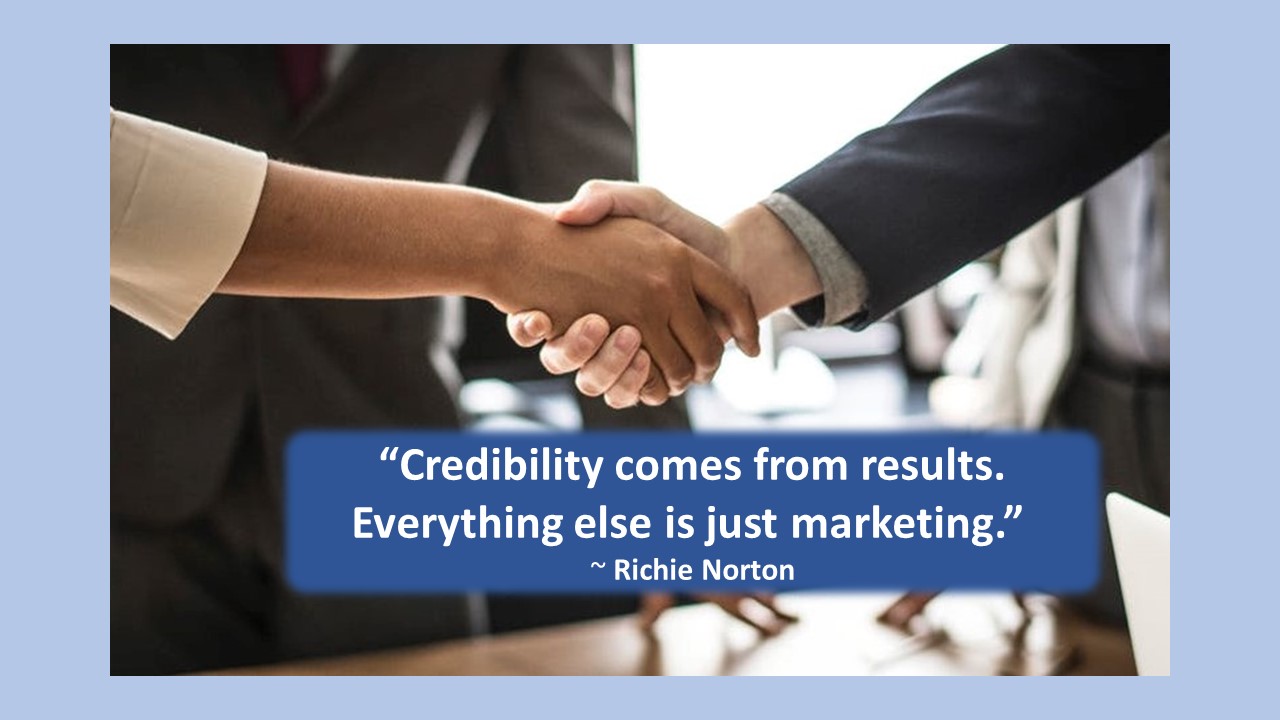By Thomas Davis, DNAP, MAE, CRNA
Follow @procrnatom on twitter
Disruptive behavior is a killer
Disruptive behavior kills team morale and productivity in several important ways, some more obvious than others. When unsettling behavior is allowed to continue, tension and anxiety become the mood of the group. Even worse, constant complaining is often contagious and can cause some co-workers to respond with, “If you think you have it bad, this is what happened to me.” Disgruntled workmates may overtly retaliate and respond with anger and acts of sabotage. Eventually, the team will break down and become totally dysfunctional.
Adding to the problem are the less obvious negative effects of disruptive behavior; workers risk their physical health as they lose sleep or begin unhealthy activities to cope with the workplace stress. When animosity builds and collaboration breaks down, there is an increased risk of injury both for the workers and the clients they serve. In addition, the organization suffers when productivity drops, clients become dissatisfied and the most talented members of the team find a new job.
Have you worked with these people?
Supertech’s story A surgical technician, working in a busy surgery center, happens to be exceptionally good at her job. She is also the most predictable person employed at the center, but not in a good way. Supertech has a toxic personality and you can count on her to deflate the morale of the group daily. At every opportunity, she dominates the conversation and dwells on one of several topics – problems in her personal life, inept co-workers, incompetent management. While her skills are respected, her mere presence creates an undercurrent of tension that is exhausting to her colleagues and damages the entire group.
IckyU’s tale At a nearby hospital, an experienced ICU nurse who wants what he wants when he wants it has scant tolerance for disappointment. Because he needs people to like him, he remains pleasant with a smile on his face, uses an agreeable tone of voice, but relies on passive-aggressive behavior to give pay-back and reek workplace havoc. Once a co-worker is on his bad side, he will intentionally withhold both information and assistance because he takes pleasure in watching others struggle and fail. Both IckyU’s insidious sabotage and Supetech’s in your face attitude keep the pot stirred at their respective workplaces and both damage the team.
“Peace is not absence of conflict, it is the ability to handle conflict by peaceful means.” ~Ronald Reagan
Types of disruptive behavior
It is easy to address a problem that is seen and known by all. Overt acts such as harassment, bullying and aggressive behavior are easily witnessed and documented, and the leader has tangible reasons to hold the perpetrator accountable for his/her actions. Addressing covert acts such as those displayed by the disgruntled ICU nurse is more challenging but equally necessary. Writing for Chron, Author Molly Thompson identifies the following as behaviors that upset the team:
- Bullying
- Harassment
- Tardiness / absenteeism
- Gossip/bad attitude
- Insubordination
- Know it all
- Primadonna
- Office romance
- Personal issues
When left unopposed, these negative forces form a powerful vortex that sucks the life out of the team and the workplace.
Keys to combating disruptive behavior
Problems seldom go away on their own. Leaders have a choice between stopping a bad behavior when it first emerges or dealing with it later after it kills the spirit of the team. Anticipate that perpetrators will use every possible excuse to rationalize their behavior so make sure your facts are correct before jumping in to call a foul and hand out a red card. That said, do not let analysis paralysis prevent you from taking necessary action. Try these four actions to help you confront and address issues created by the problem child on your team.
Listen Those who lack courage or power to address issues head on will fight back via passive/aggressive behavior and sabotage. The essential first step toward correcting the situation is active listening because the feeling of not being heard, understood, or respected leaves a person feeling unappreciated and powerless. You do not have to agree with or pacify the person, but you must actively listen before acting. Showing empathy and clarifying misunderstandings will often convert an enemy into an ally. Sometimes, just feeling as if he/she is understood is enough to defuse anger and modify behavior.
Review the purpose of your team. When there is an overall negative vibe throughout the group, the problem will not go away until the culture changes. Call a team meeting to discuss the need for common courtesy and collaboration in the workplace. Ask leading questions such as, “How would we behave if we truly respected one another?” “What behaviors do we need to either promote or eliminate in order to demonstrate collaboration and appreciation?” Allow your team to develop lists of desired and taboo behaviors and use those lists for step 3, developing a code of conduct. Note: do not be surprised if your team puts some of the behaviors of your bad actors on the taboo list.
Develop a code of conduct. Build on the feedback from the team and develop a code of conduct for your workplace. The code must outline behavior that is expected when staff members are working with each other and with your clients. Print the code on a form with a signature block and invite team members to sign a pledge to use only positive behavior. Once done, challenge team members to hold one another accountable for abiding by the new rules that they have helped to create.
Enforce zero tolerance. Once the groundwork has been completed and the stage has been set for a culture change, assume that you will be challenged. If disruptive behavior continues, have a formal one on one talk with the person, review the code of conduct, and then tell the person, “If this code is not you, this is not your job.” As you build your team, discuss the code of conduct with each applicant to ensure that he/she knows up front the expected behavior in your workplace. Have applicants sign a pledge to adhere to the code of conduct as a condition for joining the team.
Some leaders inherit troublesome workers like the scrub tech and the ICU nurse when they sign on to be the boss; others watch behavior deteriorate over time as one bad apple ruins the bunch. Superteach trash talks everybody around her, insists that she is a victim and drags down anybody who will listen. IckyU is more elusive and acts out his victim role by sabotaging the group and by being unwilling to work collaboratively. Both behaviors are disruptive and violate a normal code of conduct for a collegial workplace. Build upon the consensus of those on your team who want to create a positive culture and take a stand against bad behavior. Have some courage, do the right thing, and disrupt the disruptors. Both you and the others on your team must be allowed to do your job without the anxiety caused by unruly workers.
Tom is an experienced leader, author, and requested speaker. Click here for a video introduction to Tom’s talk topics.


